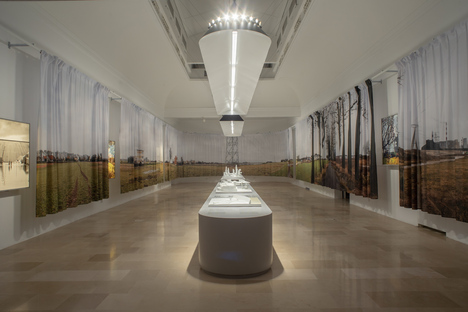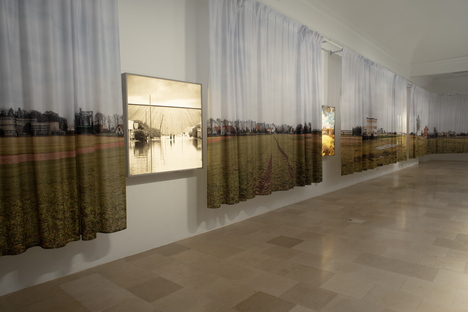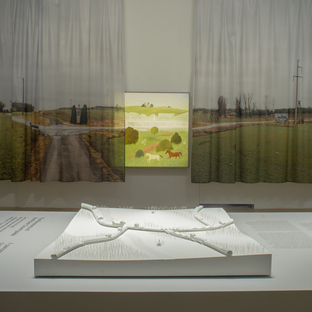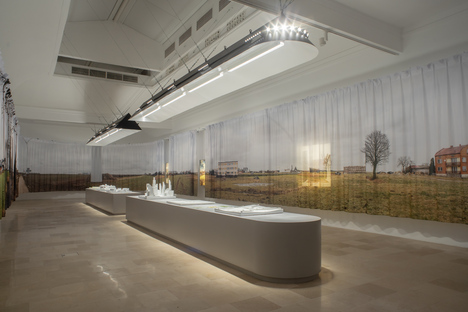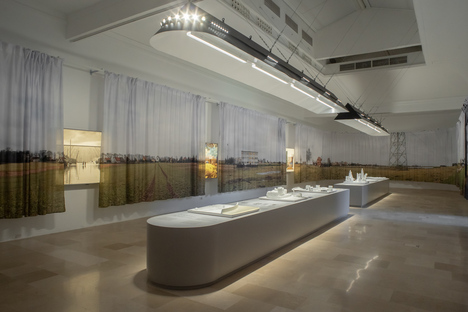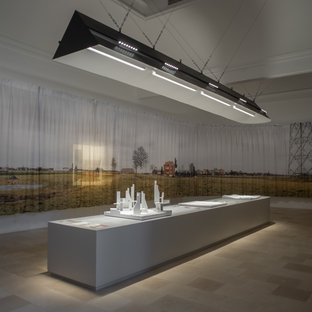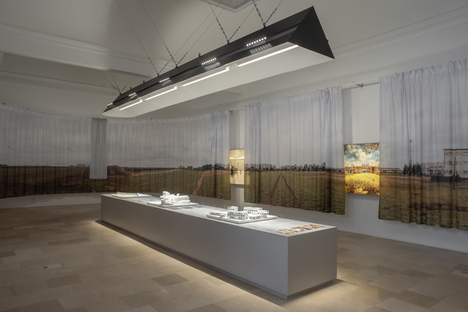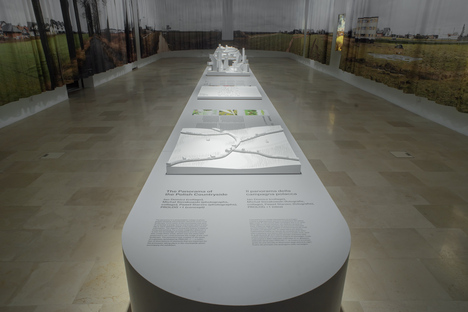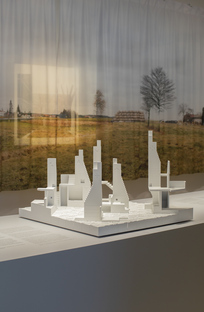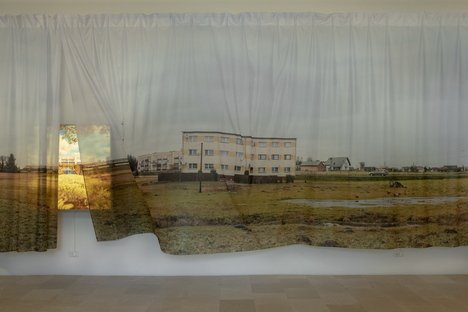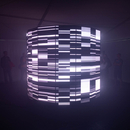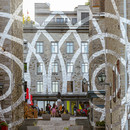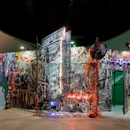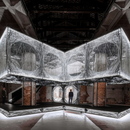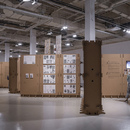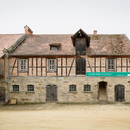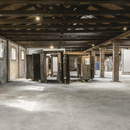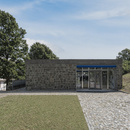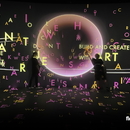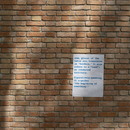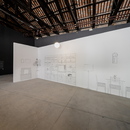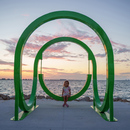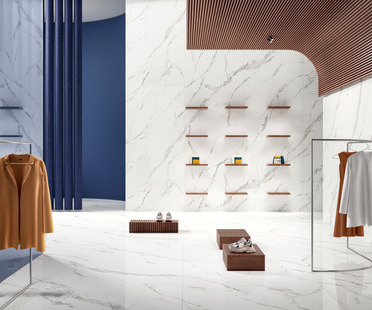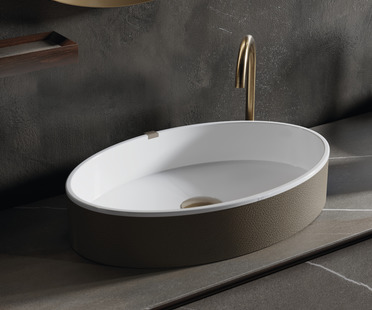27-05-2021
Trouble in Paradise, the Polish Pavilion at the 17th Architecture Biennale
PROLOG +1 (Mirabela Jurczenko, Bartosz Kowal, Wojciech Mazan, Bartłomiej Poteralski, Rafał Śliwa and Robert Witczak),
Weronika Wysocka,
- Blog
- Events
- Trouble in Paradise, the Polish Pavilion at the 17th Architecture Biennale
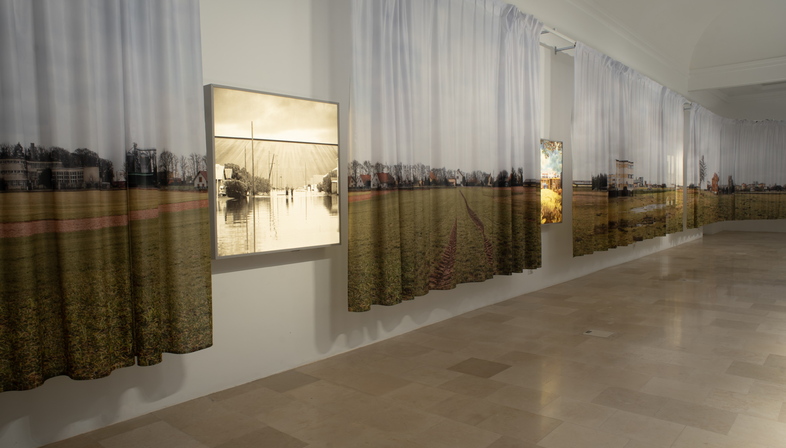 Many still have an idyllic vision of what the countryside is like, not realising the extent of the changes it is undergoing. This is true of most countries, especially in Europe, where city-dwellers have little knowledge of what is going on only a few kilometres outside the city.
Many still have an idyllic vision of what the countryside is like, not realising the extent of the changes it is undergoing. This is true of most countries, especially in Europe, where city-dwellers have little knowledge of what is going on only a few kilometres outside the city. According to the architects of the collective PROLOG +1 (Mirabela Jurczenko, Bartosz Kowal, Wojciech Mazan, Bartłomiej Poteralski, Rafał Śliwa and Robert Witczak), curators of the Polish Pavilion at the 17th International Architecture Exhibition at Biennale di Venezia, rural areas account for 93% of Poland’s land, but only 40% of Poland’s population lives in the countryside, a figure in line with global trends, meaning that rural areas continue to be off the architects’ radar.
The exhibition “Trouble in Paradise” investigates this inaccurate perception of the countryside. This article is written by someone who grew up in the countryside and spends most of her time there, and therefore realises that country life is anything but bucolic; and in fact the author was impressed by the Polish exhibition and its title.
The exhibition curators know perfectly well that city-dwellers’ view of the countryside is distorted by a lens of simplification and stereotypes. People tend to think of the country as a sort of “lost paradise, or a place to take a break from the troubles of civilisation”. And so the exhibition contains an analytic part as well as a speculative one. The former, produced in partnership with Polish artists, looks at the problems of the countryside today, presented in the form of a vast photo-realistic panorama: a 70-metre curtain covering the walls of the pavilion. Created by photographers Michał Sierakowski and Paweł Starzec with artist Jan Domicz in collaboration with the PROLOG +1 team, it depicts characteristic features of the countryside, that is, situations which are the product of processes of addition that have taken place over the past century, such as a farm next to a little apartment complex or a church beside an electric power plant.
The pandemic, along with the new trend toward migration to suburban areas all over the world, has brought to light the daily struggles that the countryside in Poland, as elsewhere, has faced for years, such as the need for public transportation, universal access to the internet and integration of the 'newcomers' with the local population.
Unlike Rem Koolhaas in his exhibition “Countryside. The Future”, a global study of the question in the form of a personal vision, the Polish team of curators invited other architectural practices to participate in order to offer a variety of different, inclusive answers to the question: how will we live together? The participating studios are Atelier Fanelsa (Germany), GUBAHÁMORI + Filip + László Demeter (Hungary), KOSMOS Architects (Russia, Switzerland, Austria), Rural Office for Architecture (Great Britain), RZUT (Poland) and Traumnovelle (Belgium). The results of their choral efforts are presented in the Polish pavilion in the form of architectural models, collages and drawings. It is interesting to note how the different points of view and juxtaposition of diverse perspectives share a common theme of reflection on the effects of exploitation of rural land, disasters attributable to climate change and global crises, including those whose impact on the fate of our planet and its rural areas remains to be understood.
On the whole, “Trouble in Paradise” is convincing for the immediacy of the illustrations, some of which are little works of naive art, and its models of elegant simplicity. The Polish countryside materialises before the viewer’s eyes, and with it, suggestions for how we can make sure that country living is not just a whim for city-dwellers or a sacrifice for those who live in the country permanently. And above all, in the Polish pavilion communication is direct and enjoyable, allowing the visitor to take home some important ideas.
Christiane Bürklein
Trouble in Paradise
POLISH PAVILION AT THE 17TH INTERNATIONAL ARCHITECTURE EXHIBITION — LA BIENNALE DI VENEZIA
Venice, 22 May–21 November 2021
Curators: PROLOG +1 (Mirabela Jurczenko, Bartosz Kowal, Wojciech Mazan, Bartłomiej Poteralski, Rafał Śliwa and Robert Witczak)
Participants: Atelier Fanelsa, GUBAHÁMORI + Filip + László Demeter, KOSMOS Architects, Rural Office for Architecture, RZUT, Traumnovelle
Authors of the Panorama of the Polish Countryside: Jan Domicz, Michał Sierakowski, Paweł Starzec, PROLOG +1
Authors of the Glossary (online): Michał Sierakowski, Paweł Starzec, Wiktoria Wojciechowska, Patrycja Wojtas, PROLOG +1
Exhibition visual identification, book design: zespół wespół
Organiser: Zachęta — National Gallery of Art, Warsaw
Polish Pavilion Commissioner: Hanna Wróblewska, director of Zachęta — National Gallery of Art Polish Pavilion Office: Ewa Mielczarek, Joanna Waśko
Find out more: labiennale.art.pl










